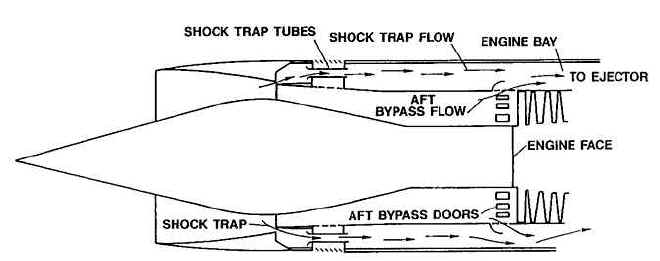Dr_SLO
Well-known member
I was in need of an additional podcast to break up the monotony whilst doing chores and found this engineering podcast (Omegatau) fantastic.
http://omegataupodcast.net/239-the-saturn-v-launch-vehicle/
This episode has the author David Woods discuss his latest book about the Saturn V launch vehicle with the host Markus Voelter.
I'll certainly be checking out the archive and listening to more discussion on engineering topics past and present.
http://omegataupodcast.net/239-the-saturn-v-launch-vehicle/
This episode has the author David Woods discuss his latest book about the Saturn V launch vehicle with the host Markus Voelter.
I'll certainly be checking out the archive and listening to more discussion on engineering topics past and present.




